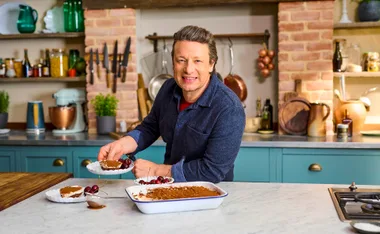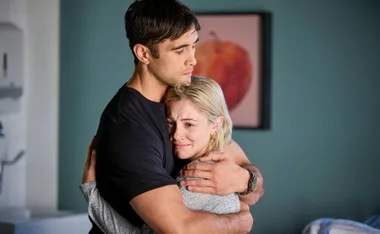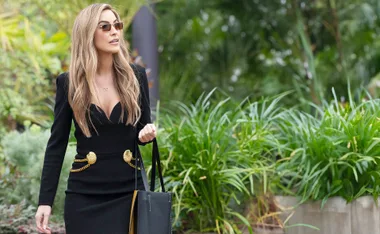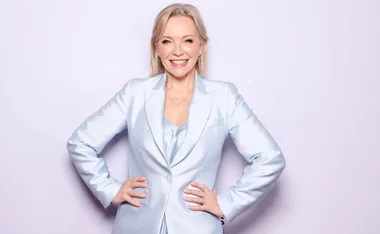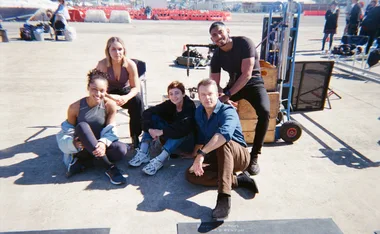With the right food, you can get yourself in the mood in no time. So with Valentine’s Day just around the corner, here are the foods that will spice up your lovelife.
This sizzling passion plan will stimulate the libido and the glorious thing about it is that, while everyone else is sleeping, you’re having a great time between the sheets. This plan will also increase your chances of losing weight in the process.
Vitamin E
Beans
Wholegrain cereals
- Wholegrain toast with avocado, lemon juice lightly seasoned with salt and pepper
— 1412kj
- 2 poached eggs on grain toast with steamed English spinach
— 1171kj
- Porridge made with rolled oats and served with a sprinkling of sunflower seeds and pepitas. Served with unhomogenised whole milk and sliced banana
— 1715kj
- Natural muesli with natural yoghurt and chopped apple
— 1140kj
- Scrambled eggs with roast tomato and sautéed mushrooms
— 1073kj
- Stewed apple and cinnamon with wholewheat pancakes and natural yoghurt
— 1209kj
- 2 wholewheat biscuits served with warm whole-milk and sliced banana
— 1115kj
- Warm beef wholemeal wrap with a layer of horseradish, fresh rocket leaves, avocado and sliced tomato
— 1837kj
- Lentil soup
— 803kj
- Chicken and veggie soup
— 827kj
- Baked beans with steamed English spinach and mushrooms
— 994kj
- Vegetarian wholegrain roll with roast capsicum, eggplant, rocket, bocconcini and ricotta cheese
— 1258kj
- Tuna salad with brown rice (use rocket leaves, tomato, celery and carrot sticks, avocado, roast capsicum and artichoke hearts) and sunflower oil dressing
— 1885kj
- Canned salmon with wilted rocket, chilli, lemon juice on wholemeal pasta
— 1551kj
- Edaname (available from Asian grocers or Japanese restaurants)
— 350kj
- Blended Cottage cheese and avocado dip with crudités
— 584kj
- Banana
— 408kj
- Small handful (30g) pistachios with pepitas
— 943kj
- Baked apple with crushed pistachios (approx 10) and chopped apricot (3 halves)
— 635kj
- Hummus dip (2 tbs) with crudités
— 501kj
- 2 wholegrain crackers with nut butter
— 578kj
- Handful of raw almonds with a red apple
— 622kj
- 20g chilli chocolate
— 412kj
- Barley risotto with chicken and mushrooms and steamed broccoli, 1 cup barley cooked in chicken stock with ¼ cup mushrooms and 100g grilled chicken per serve. Serves with ½ cup broccoli
— 2579kg
- 150g grilled salmon steak with ½ cup brown rice, ½ cup steamed bok choy served with a dressing made from 1cm piece grated fresh ginger. 1 tbs sodium reduced soy sauce and the juice of ½ lemon.
— 2217kj
- Tomato and goats cheese omelette made with 2 eggs, 40ml whole milk, 30g goats cheese, one medium tomato, 1 cup green salad with ¼ avocado
— 2050kj
- 200g roast chicken with skin removed, 1 cup dry baked pumpkin, and 20 steamed green beans
— 1900kj
- Grilled lamb cutlets with mint sauce served with baked sweet potato, and steamed green beans
— 1443kj
- Chilli beef (total serve = 400g — to serve four, use 750g minced beef, ½ cup kidney beans, 2 x 400g canned tomatoes, 1 onion, 1 tbs olive oil, 1 capsicum and ¼ cup tomato paste) served with ½ cup brown rice, 1 cup green salad and one tbs natural yoghurt
— 2033kj
- Grilled kangaroo fillet with macadamia and plum sauce served with steamed broccoli
— 1887kj
- Special occasion meal:
½ dozen oysters natural. 150g grilled fillet steak with 20 steamed green beans, 1 tbs slivered almonds drizzled over the beans with 1 tsp sunflower oil, 1 tbs horseradish sauce. 2 squares of chilli dark chocolate and 1 glass red wine
— 2700kj
Include as many aphrodisiac foods as possible throughout the day and at night.
Don’t overload the system — eat at least two hours before going to bed.
Create expectation with a romantic setting. Light a candle, dim the lights, set the table and turn the TV off during the evening meal.
Serve foods that can be shared and feed each other. Even diet foods can be sexy.
Avoid garlic, coffee onion and any other foods that may spoil the breath.
One or two small glasses of wine may help to relax a self-conscious lover. But any more and it can dehydrate the body and impede sexual performance.
Tidy the bedroom before going to bed.
Prepare the meal with your partner and encourage him to taste foods with his fingers. It may not be the most hygienic way to prepare food but the tactile nature of food and taste can be very erotic.
Make sure you exercise during the day to stimulate endorphins.
Cut vegetables lengthways rather than across — some research suggests that foods with a phallic shape have erotic qualities!



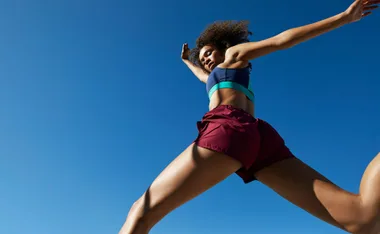
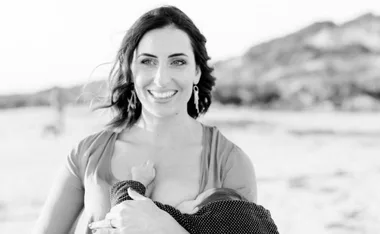

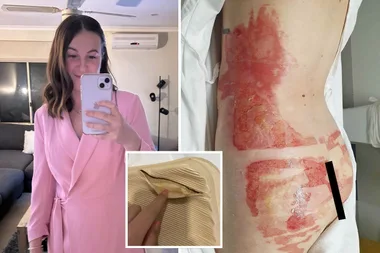

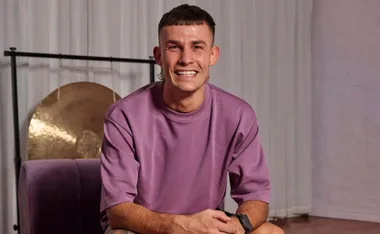






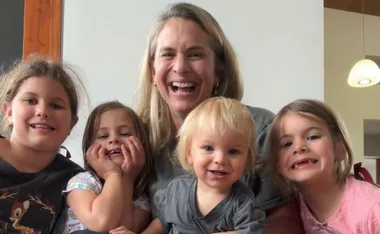
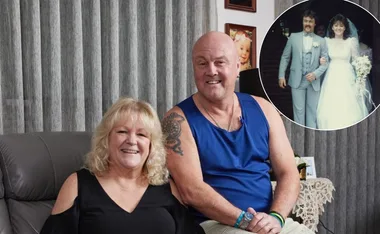


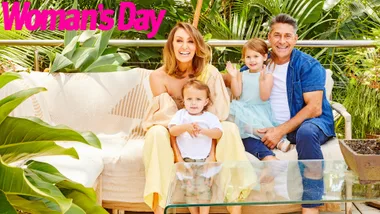
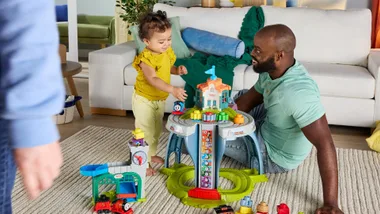



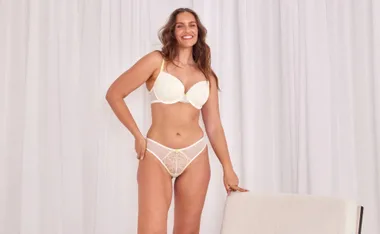

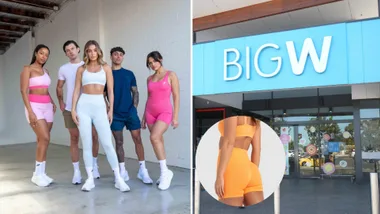
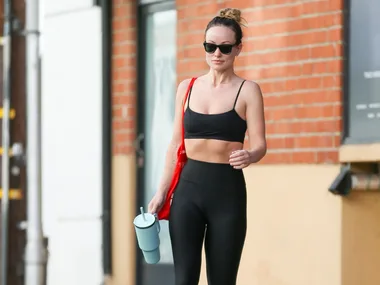
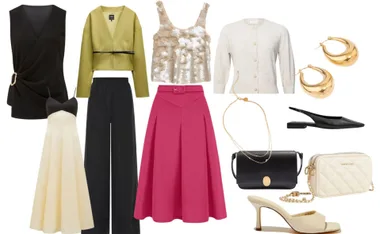
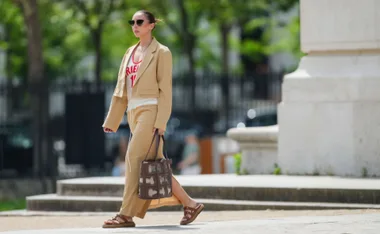
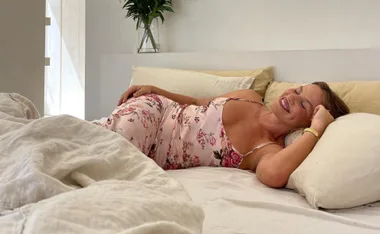
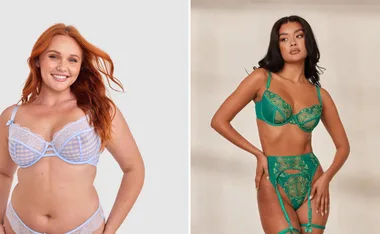








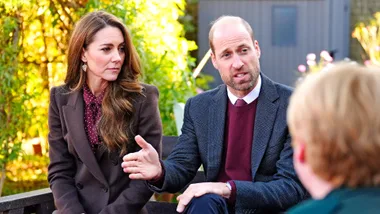
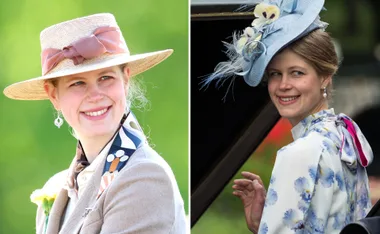
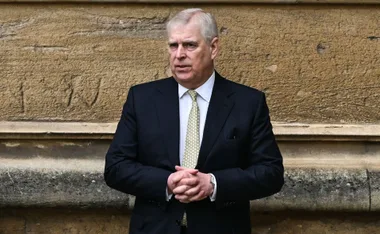
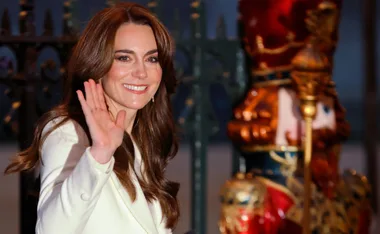





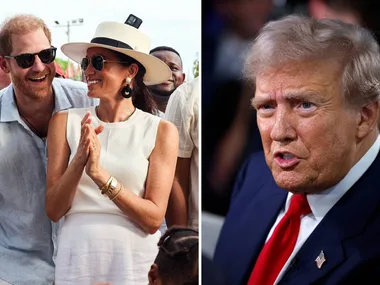























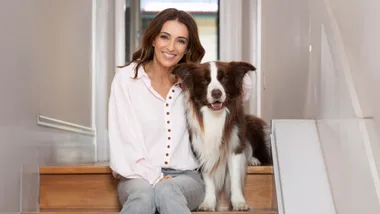

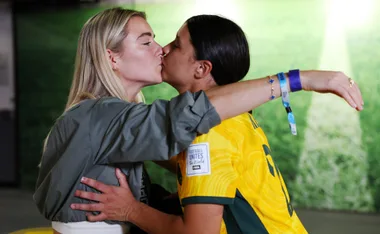



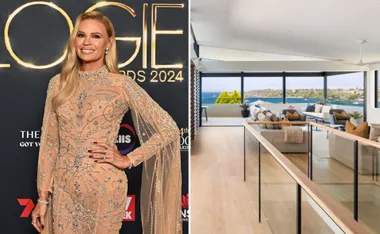

.png?resize=380%2C285)
.jpg?resize=380%2C285)






